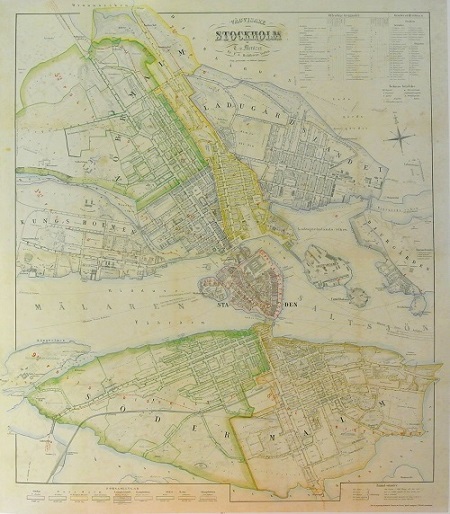Bland arbeten.
Encyclopédie ou dictionnaire universel raisonné des connaissances humaines.
1720-1804. Född och död i Gran.
Norsk ämbetsman och naturhistoriker. Började 1738 att studera och läste olika ämnen under ett antal år. 1750 blev han anställd av den stora bok- och kartsamlaren greve Joh. L. Holstein för att måla grevskapet Ledreborg vid Roskilde. 1752 utnämnd till generalkonduktör vid Akershus stift. Han hade titeln kansliråd, senare justitieråd. Medlem av 'Det kgl. Videnskabers Selskab' i Trondheim och 'Det kgl. danske Landhusholdningsselskab'. - Av hans författarskap, som framförallt omfattar naturhistoriska avhandlingar, kan nämnas 'Indbydelse til de Norske Karter', en uppfodring att sända honom kartor och dokument som stöd för ett påtänkt norskt kartverk (1766), samt 'Subscriptions Plan Till En Norsk Atlas eller Land-Beskrivelse over Kongeriget Norge' (1773). Detta verk blev emellertid aldrig utgivet. Sina samlingar, däribland en betydande kartsamling, och en stor del av sin förmögenhet testamenterade han till 'Videnskabsselskabet' i Trondheim.
Bland arbeten.
Subscriptions Plan Till En Norsk Atlas eller Land-Beskrivelse over Kongeriget Norge.
Indbydelse til de Norske Karter.
Ehrencron.
Ca. 1795.
Fransk 'citoyen' och 'professor', medlem av flera litterära sällskap. Inga övriga upplysningar hittade.
Stockholm - Mentzer ca 1860.
'Karta öfver Göteborgs och Bohus Län.' Norra delen. - Topografiska Corpsen 1859.



